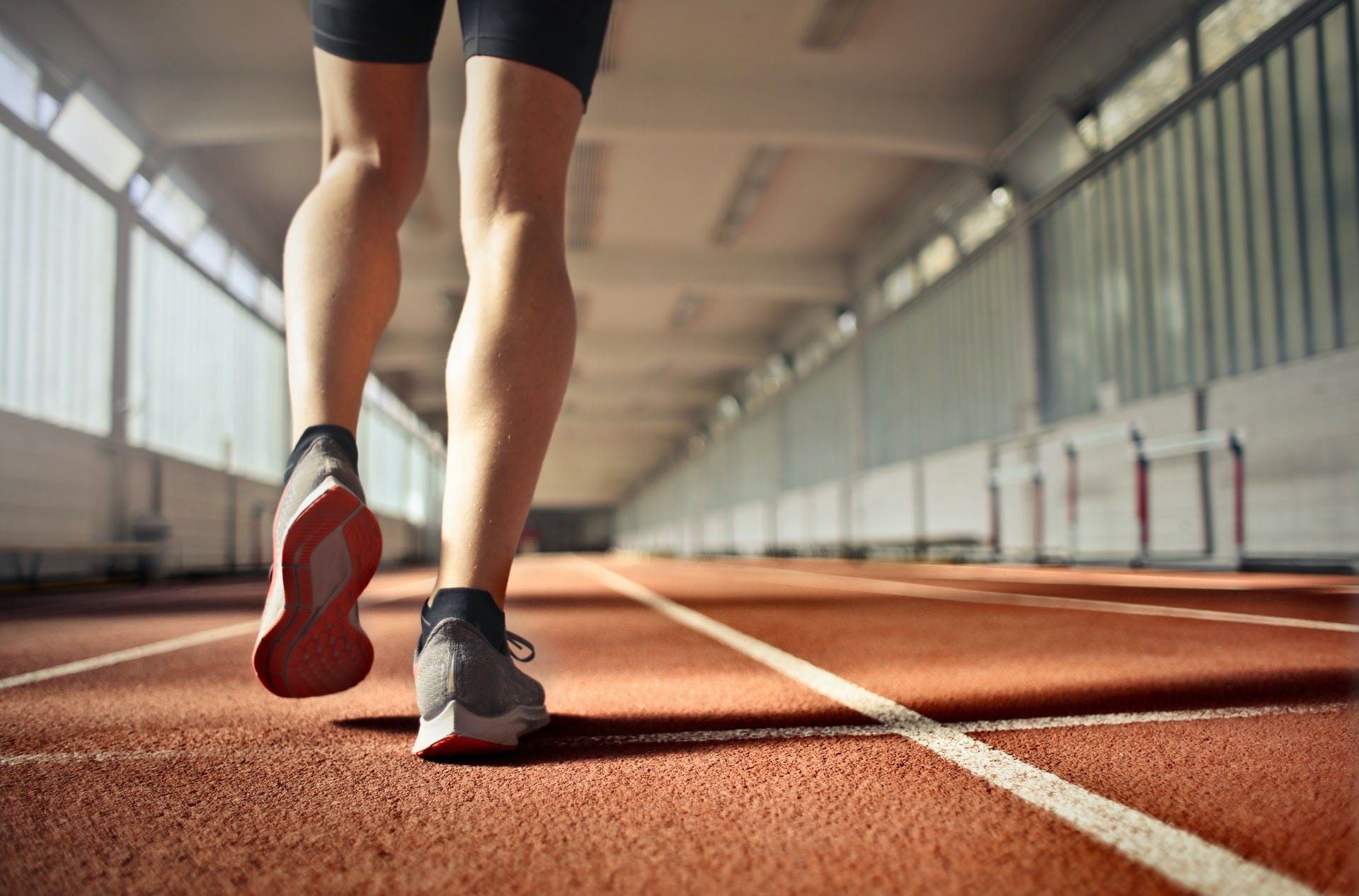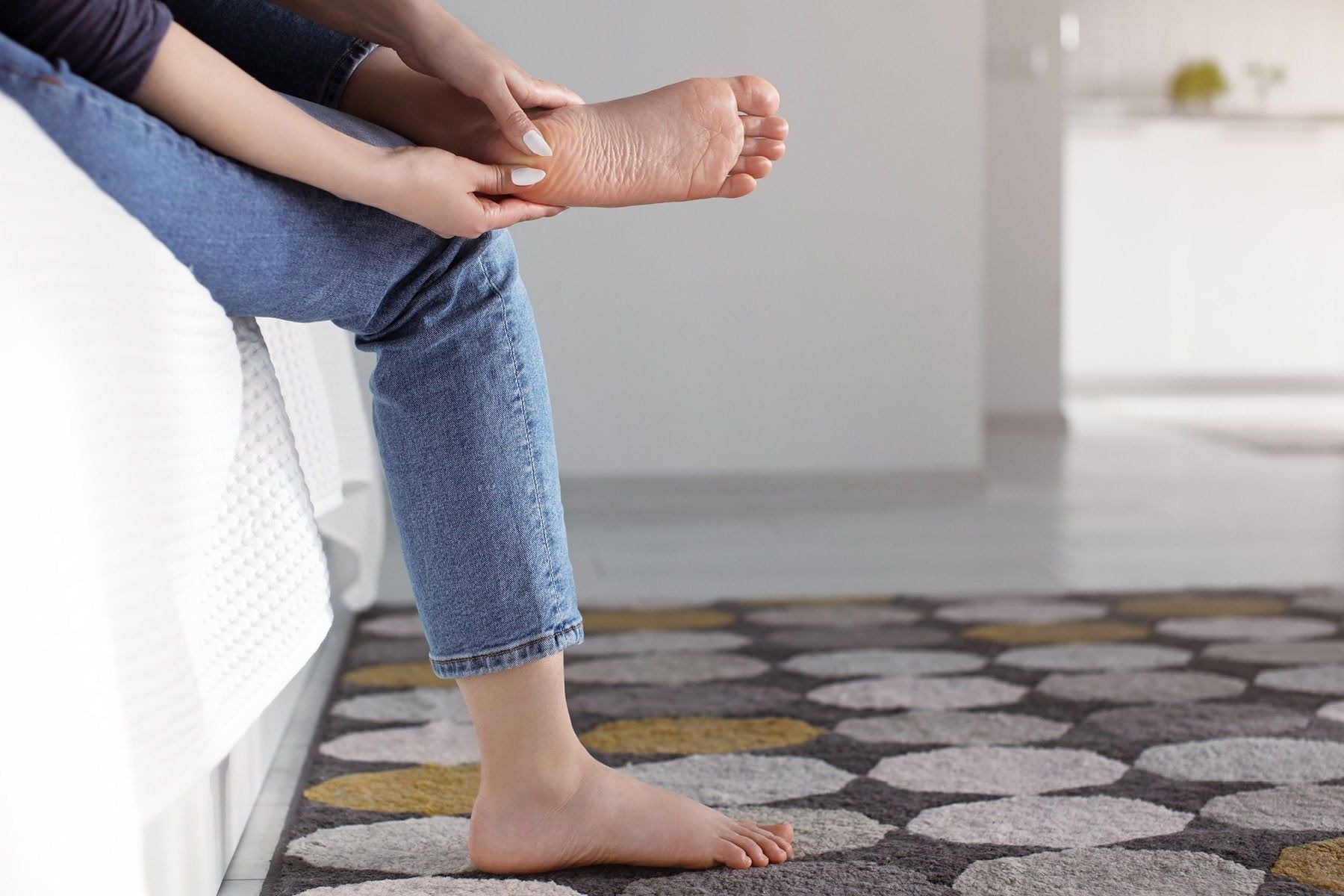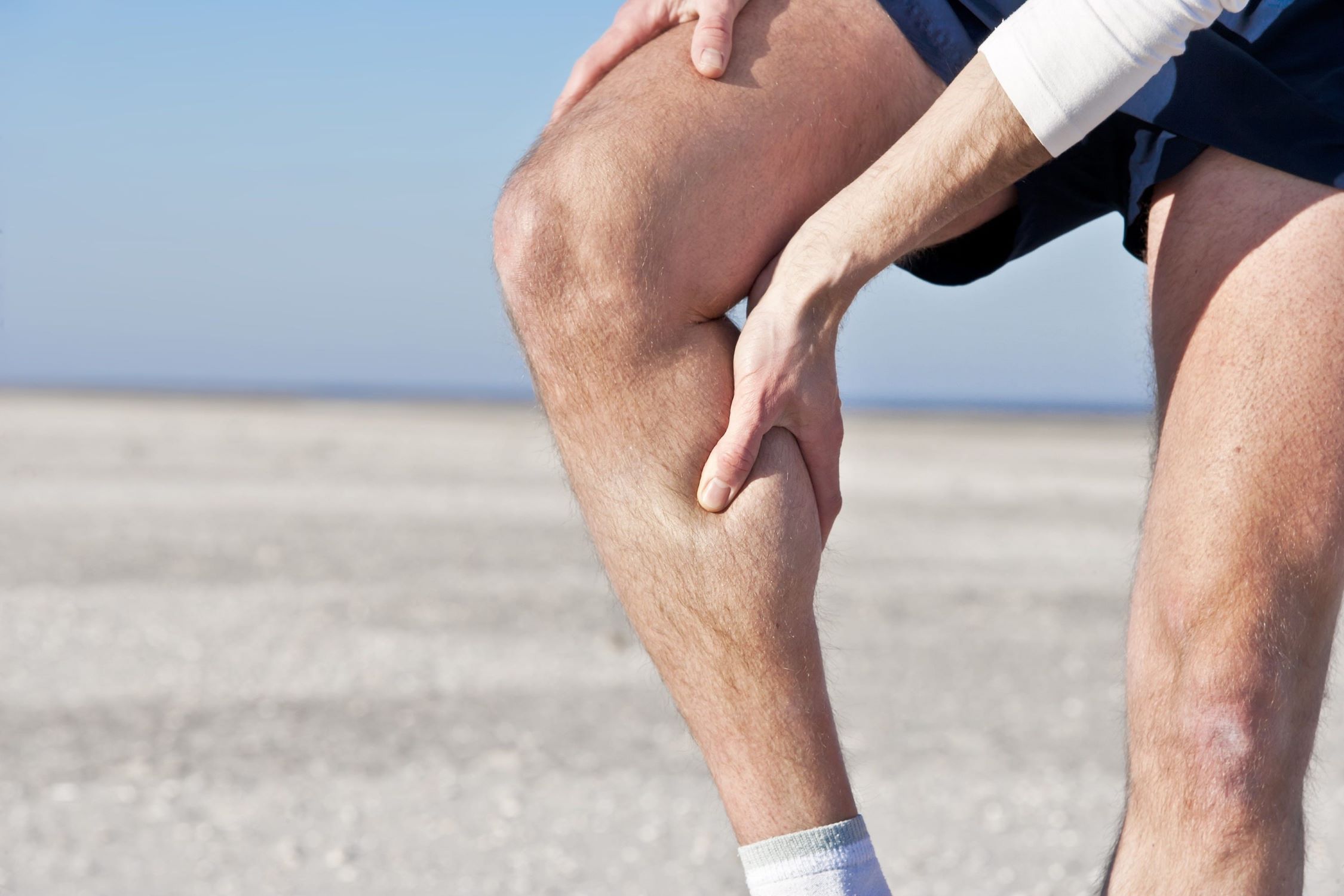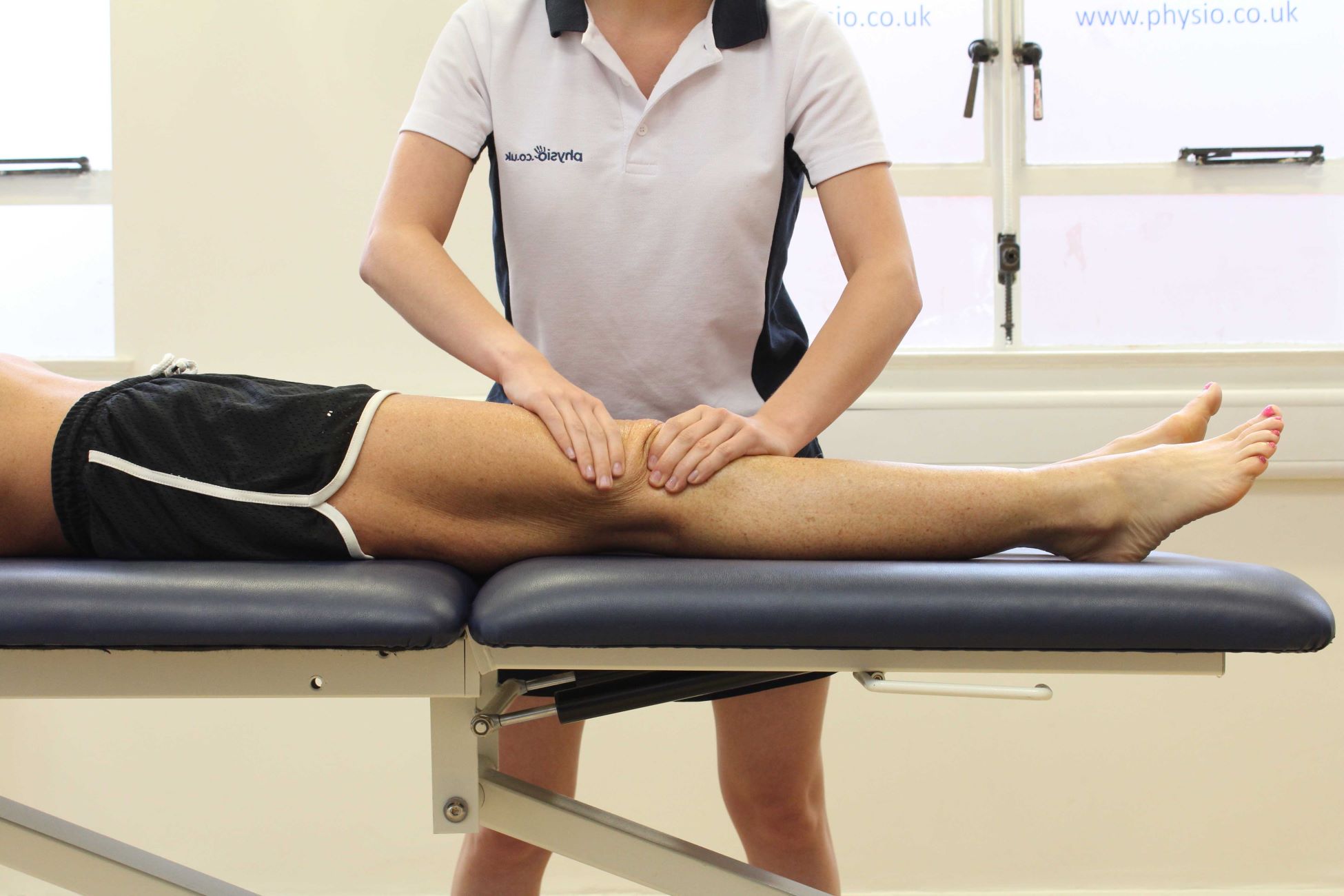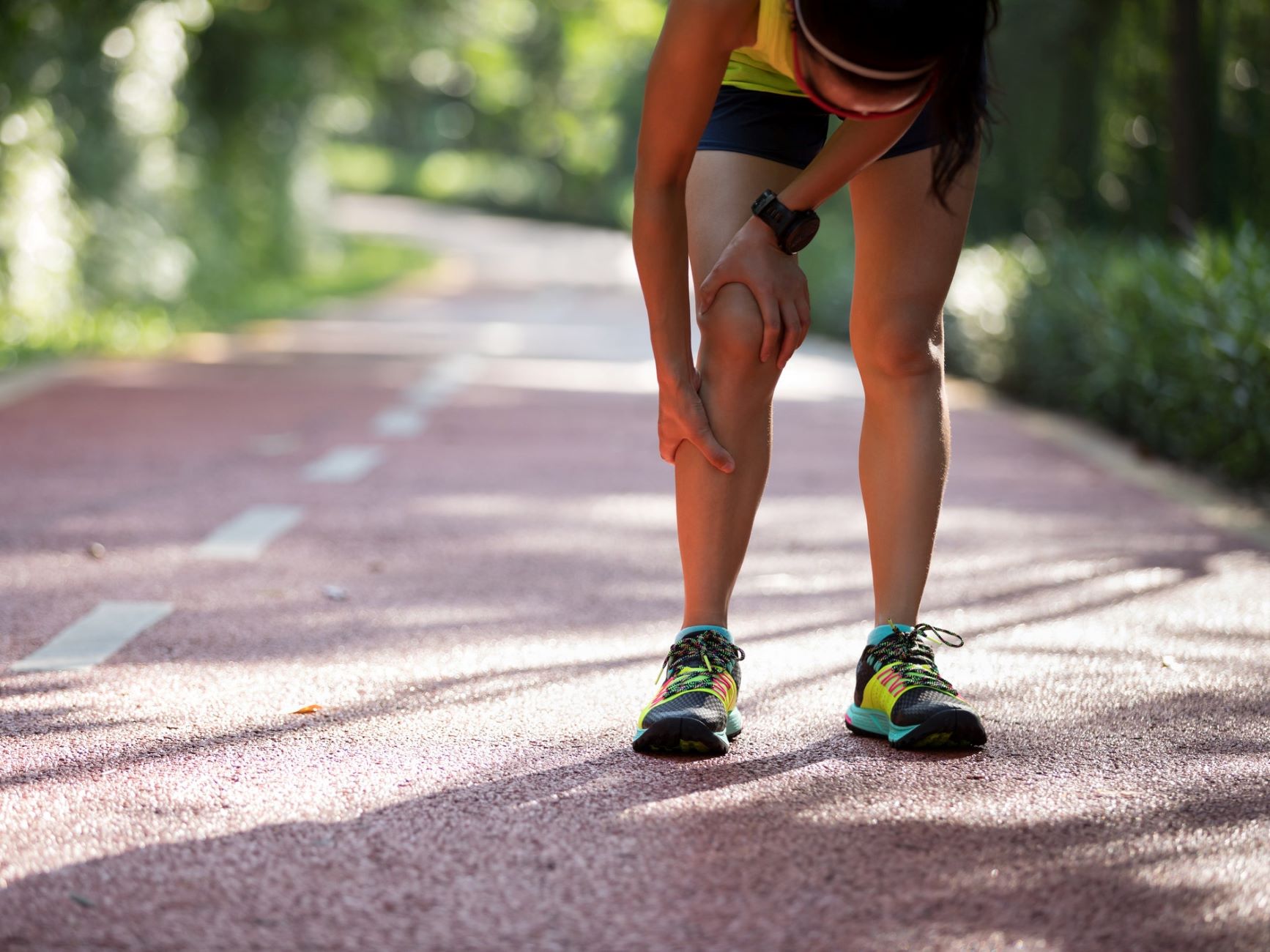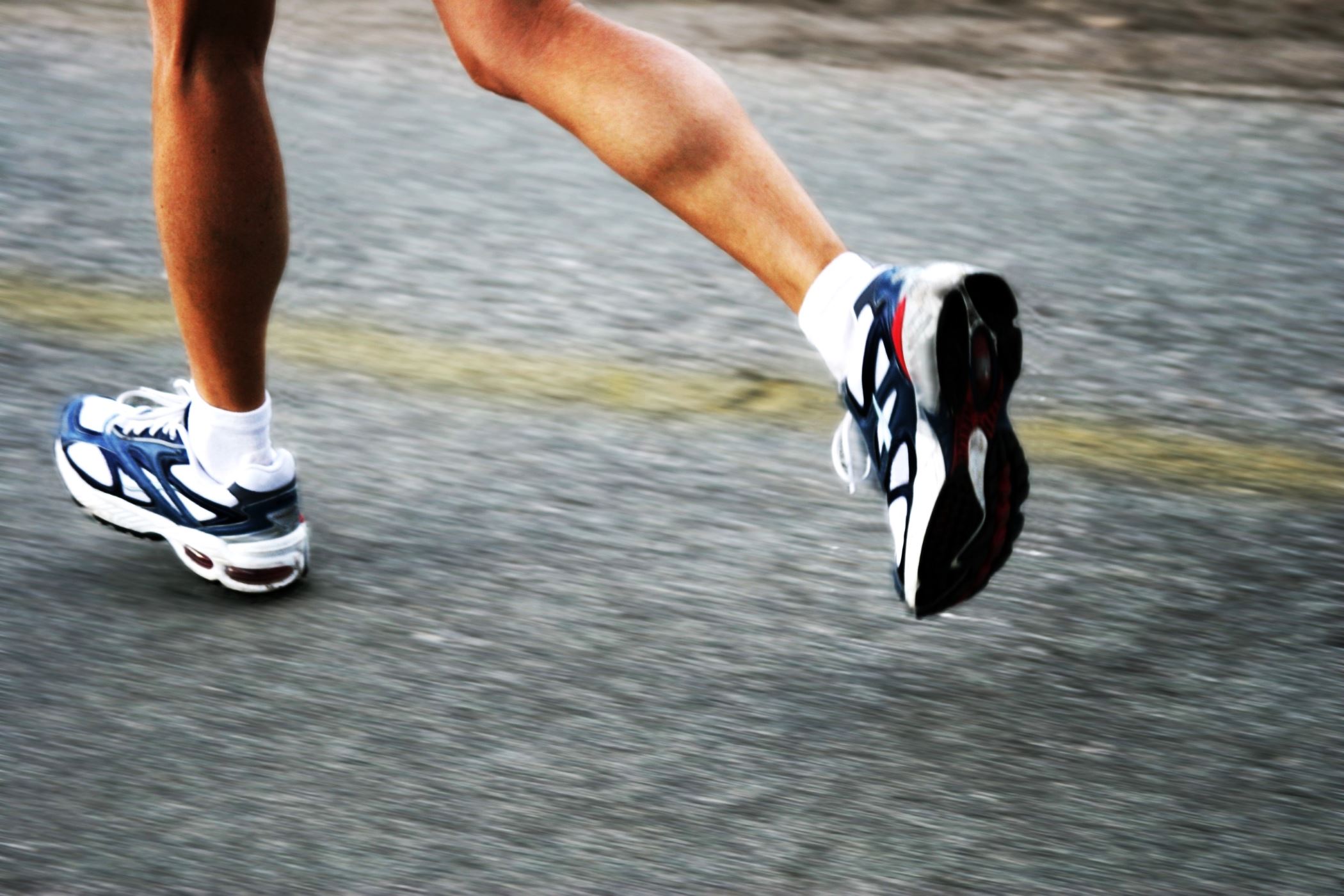Home>Health & Nutrition>Injury Prevention>Running: Understanding Medial Collateral Ligament Injuries
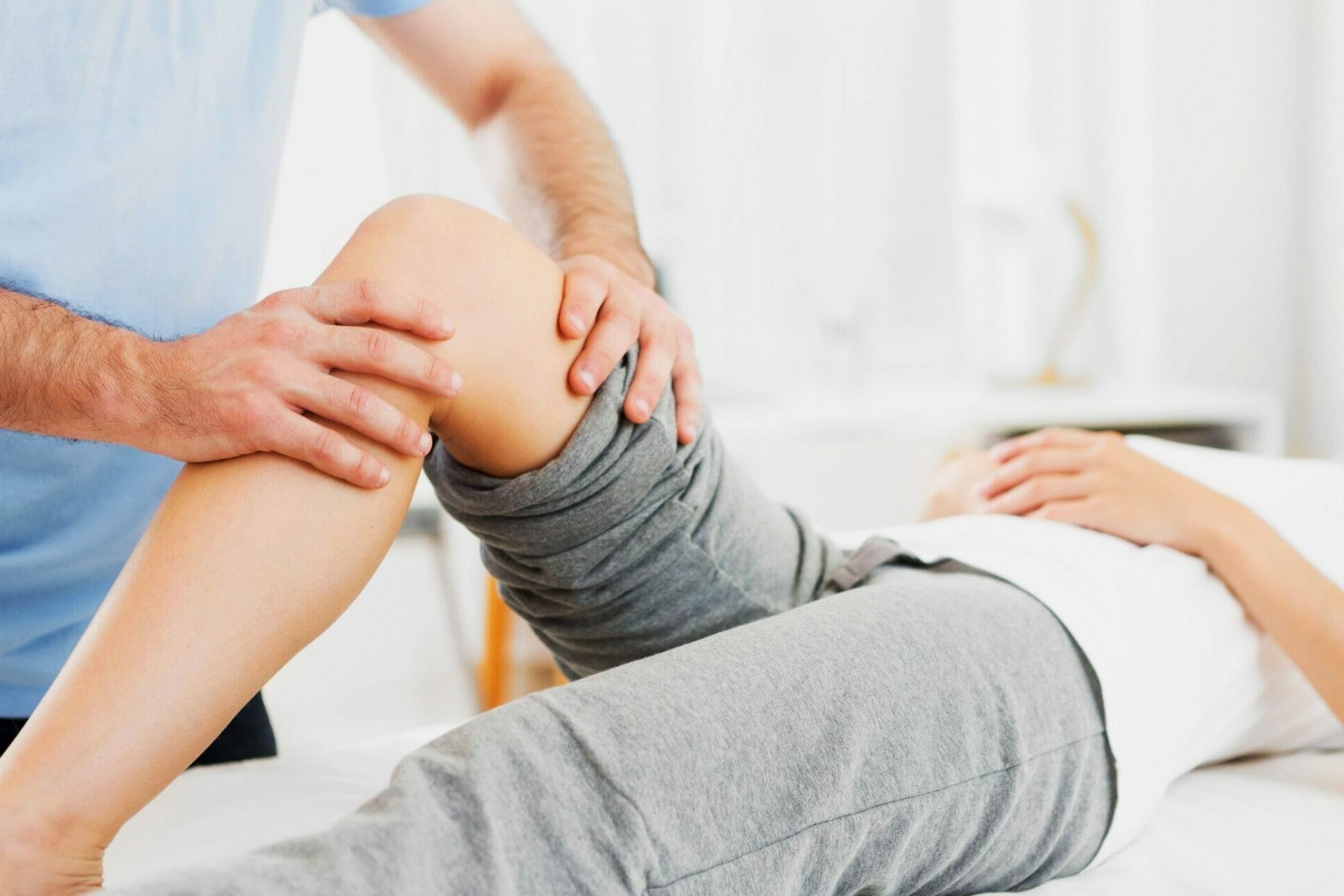

Injury Prevention
Running: Understanding Medial Collateral Ligament Injuries
Published: March 1, 2024
Learn how to prevent medial collateral ligament injuries while running. Understand the causes and effective injury prevention strategies. Protect your knees and stay injury-free.
(Many of the links in this article redirect to a specific reviewed product. Your purchase of these products through affiliate links helps to generate commission for Therunningadvisor.com, at no extra cost. Learn more)
Table of Contents
An Overview of the Medial Collateral Ligament
The medial collateral ligament (MCL) is a crucial structure that provides stability to the knee joint. It is a band of tissue located on the inner side of the knee and connects the femur (thigh bone) to the tibia (shin bone). The primary function of the MCL is to prevent excessive lateral (outward) movement of the knee, thereby protecting it from potentially harmful forces during physical activities such as walking, running, and jumping.
The MCL is essential for maintaining the structural integrity of the knee and plays a pivotal role in supporting the body's weight-bearing function. It works in conjunction with other ligaments, tendons, and muscles to ensure proper alignment and movement of the knee joint.
Injury to the MCL can occur due to various factors, including sudden twisting or impact to the knee, overextension during physical activities, or direct blows to the outer side of the knee. Athletes involved in sports that require frequent changes in direction, such as soccer, basketball, and skiing, are particularly susceptible to MCL injuries.
Understanding the anatomy and function of the MCL is crucial for comprehending the impact of injuries to this ligament. When the MCL is compromised, individuals may experience pain, swelling, and instability in the knee joint. Moreover, MCL injuries can vary in severity, ranging from mild sprains to complete tears, each necessitating specific treatment approaches for optimal recovery.
By gaining insight into the role of the MCL and the potential consequences of its injury, individuals can better appreciate the importance of preventive measures and proper management to safeguard the integrity of this vital knee structure.
Read more: Running: Understanding Adductor Injuries
Causes of Medial Collateral Ligament Injuries
Medial collateral ligament (MCL) injuries can result from various factors, often stemming from sudden, forceful movements or direct trauma to the knee. Understanding the causes of these injuries is essential for implementing effective preventive strategies and promoting overall knee health.
-
Sudden Impact or Twisting: MCL injuries frequently occur during activities that involve sudden changes in direction, such as pivoting, cutting, or twisting. These movements can place excessive stress on the MCL, leading to sprains or tears. Athletes engaged in sports like soccer, football, and basketball are particularly susceptible to MCL injuries due to the dynamic and high-impact nature of these activities.
-
Overextension of the Knee: Hyperextension of the knee joint, which involves forcefully straightening the knee beyond its normal range of motion, can strain or damage the MCL. This often transpires during activities that require rapid deceleration or landing from a jump, causing the MCL to bear the brunt of the sudden, forceful movement.
-
Direct Blows to the Knee: Impact to the outer side of the knee, such as a collision with another player or a fall onto the knee, can lead to MCL injuries. The force from such impacts can cause the MCL to stretch or tear, resulting in pain, swelling, and compromised knee stability.
-
Sports-Related Injuries: Athletes participating in contact sports or those involving frequent changes in direction are at a heightened risk of MCL injuries. The combination of high-velocity movements, abrupt stops, and potential collisions with other players increases the likelihood of MCL trauma.
-
Improper Landing Techniques: Inadequate landing mechanics during activities like jumping and running can place undue stress on the MCL, potentially leading to injuries. Poor landing posture, such as landing with the knee in a valgus position (inward collapse), can strain the MCL and contribute to its vulnerability.
By recognizing the diverse causes of MCL injuries, individuals can take proactive measures to mitigate the risk of such injuries. Engaging in targeted strength and conditioning programs, practicing proper landing and cutting techniques, and using protective gear can all play pivotal roles in safeguarding the MCL from potential harm. Additionally, maintaining overall knee health through regular exercise, flexibility training, and injury prevention strategies can contribute to the long-term well-being of the MCL and the knee joint as a whole.
Symptoms and Diagnosis of Medial Collateral Ligament Injuries
Identifying the symptoms and obtaining an accurate diagnosis are crucial steps in effectively managing medial collateral ligament (MCL) injuries. These injuries can manifest in various ways, and understanding the associated symptoms is essential for prompt intervention and appropriate treatment.
Symptoms of MCL Injuries
-
Pain and Tenderness: Individuals with MCL injuries often experience pain and tenderness along the inner aspect of the knee. This discomfort may range from mild to severe, depending on the extent of the injury.
-
Swelling: Swelling around the injured knee is a common symptom of MCL injuries. The accumulation of fluid in the affected area contributes to localized swelling, which can impede normal movement and cause discomfort.
-
Instability and Weakness: MCL injuries can lead to a sense of instability in the knee joint, accompanied by feelings of weakness or a lack of support. This instability may be particularly noticeable during weight-bearing activities or movements that involve lateral stress on the knee.
-
Limited Range of Motion: Individuals with MCL injuries may experience restricted movement in the knee joint. This limitation can manifest as difficulty fully extending or flexing the knee, contributing to functional impairment.
Diagnosis of MCL Injuries
Accurately diagnosing MCL injuries involves a comprehensive assessment by a healthcare professional, typically a physician or orthopedic specialist. The diagnostic process may include the following components:
-
Physical Examination: The healthcare provider will conduct a thorough physical examination of the knee, assessing for signs of tenderness, swelling, and instability. Specific tests, such as the valgus stress test, may be performed to evaluate the integrity of the MCL.
-
Imaging Studies: In some cases, imaging studies such as X-rays or magnetic resonance imaging (MRI) may be utilized to visualize the structures of the knee joint and assess the extent of the MCL injury. These imaging modalities can provide valuable insights into the severity of the injury and any associated damage to surrounding tissues.
-
Clinical History: Gathering a comprehensive clinical history, including details of the injury mechanism and the onset of symptoms, is integral to understanding the context of the MCL injury. This information aids in formulating an accurate diagnosis and developing an appropriate treatment plan.
By recognizing the hallmark symptoms of MCL injuries and undergoing a thorough diagnostic evaluation, individuals can facilitate timely intervention and tailored management strategies. Seeking prompt medical attention and adhering to the recommended diagnostic procedures are pivotal in addressing MCL injuries effectively and promoting optimal recovery.
Read more: Understanding Overuse Injuries In Running
Treatment Options for Medial Collateral Ligament Injuries
The management of medial collateral ligament (MCL) injuries encompasses a range of treatment options aimed at alleviating symptoms, promoting healing, and restoring optimal function of the knee joint. The selection of treatment modalities is contingent upon the severity of the MCL injury, with the goal of facilitating a safe and effective recovery process.
Conservative Management
For mild to moderate MCL injuries, conservative approaches are often the primary course of action. These may include:
-
Rest and Activity Modification: Limiting weight-bearing activities and avoiding movements that exacerbate MCL stress can aid in reducing strain on the injured ligament, allowing for natural healing to occur.
-
Ice Therapy: Applying ice to the affected knee can help mitigate pain and swelling associated with MCL injuries. This simple yet effective modality serves to alleviate discomfort and promote localized vasoconstriction, thereby reducing inflammation.
-
Compression and Elevation: Utilizing compression bandages and elevating the injured knee can assist in minimizing swelling and enhancing circulation, contributing to the overall management of MCL injury symptoms.
-
Bracing and Supportive Devices: The use of knee braces or supportive devices may be recommended to stabilize the knee joint and limit excessive movement, providing a protective environment for the healing MCL.
Physical Therapy
Engaging in targeted physical therapy regimens is integral to the rehabilitation of MCL injuries. Physical therapy interventions may encompass:
-
Therapeutic Exercises: Specific exercises designed to strengthen the muscles surrounding the knee, improve flexibility, and enhance proprioception can aid in restoring stability and function to the injured knee joint.
-
Manual Techniques: Hands-on therapeutic modalities, such as soft tissue mobilization and joint mobilization, may be employed to address muscular imbalances, reduce scar tissue formation, and optimize joint mobility.
-
Functional Training: Incorporating functional movements and sport-specific activities into the rehabilitation program can facilitate a safe return to pre-injury levels of activity and performance.
Medical Interventions
In cases of severe MCL injuries or concurrent knee pathologies, medical interventions may be warranted. These interventions can include:
-
Corticosteroid Injections: In certain instances, corticosteroid injections may be administered to alleviate inflammation and pain in the affected knee, particularly when conservative measures have proven insufficient in managing symptoms.
-
Surgical Repair: Although surgical intervention is relatively uncommon for isolated MCL injuries, severe tears or complex knee instabilities may necessitate surgical repair to restore the structural integrity of the MCL and address concomitant ligamentous or meniscal damage.
Collaborative Care
Collaboration between healthcare professionals, including orthopedic specialists, physical therapists, and sports medicine practitioners, is pivotal in devising comprehensive treatment plans tailored to the individual needs of patients with MCL injuries. This multidisciplinary approach ensures that patients receive personalized care and guidance throughout the recovery process, optimizing outcomes and promoting long-term knee health.
By integrating a combination of conservative measures, targeted rehabilitation, and, when indicated, medical interventions, individuals with MCL injuries can embark on a path toward recovery, with the aim of regaining strength, function, and confidence in the stability of their knee joint. Adherence to prescribed treatment protocols, coupled with ongoing monitoring and support from healthcare providers, is fundamental in achieving favorable outcomes and facilitating a successful return to daily activities and physical pursuits.
Rehabilitation and Recovery from Medial Collateral Ligament Injuries
Rehabilitation and recovery from medial collateral ligament (MCL) injuries are integral components of the healing process, aiming to restore optimal function, strength, and stability to the knee joint. Following an MCL injury, a structured rehabilitation program plays a pivotal role in promoting tissue healing, mitigating residual symptoms, and facilitating a safe return to pre-injury levels of activity.
The rehabilitation process typically begins with a period of relative rest, allowing the injured MCL to undergo initial healing and inflammation reduction. As symptoms subside, the focus shifts toward implementing progressive rehabilitation strategies tailored to the individual's specific injury severity and functional goals. Physical therapy interventions form the cornerstone of MCL injury rehabilitation, encompassing a multifaceted approach to address muscular imbalances, enhance joint mobility, and optimize neuromuscular control.
Therapeutic exercises designed to target the muscles surrounding the knee joint are fundamental in restoring strength, stability, and proprioception. These exercises may include quadriceps and hamstring strengthening, as well as dynamic stabilization drills to enhance the functional capacity of the knee. Additionally, incorporating balance and proprioceptive training into the rehabilitation program aids in re-establishing neuromuscular control and promoting joint stability, crucial for preventing future injuries.
Manual therapy techniques, such as soft tissue mobilization and joint mobilization, may be employed to address residual stiffness, reduce scar tissue formation, and optimize tissue healing. These hands-on interventions serve to enhance joint range of motion, alleviate muscular tension, and promote tissue extensibility, facilitating a comprehensive approach to MCL injury rehabilitation.
As the rehabilitation process progresses, functional training becomes increasingly emphasized, integrating sport-specific movements and activities to simulate real-world demands on the knee joint. This phase of rehabilitation aims to bridge the gap between therapeutic exercises and the individual's desired level of activity, facilitating a safe and effective return to sports, recreational pursuits, and daily functional tasks.
Collaboration between the individual, physical therapist, and healthcare team is paramount throughout the rehabilitation and recovery journey. Open communication, ongoing progress assessments, and personalized goal-setting foster a supportive environment conducive to achieving optimal outcomes. Furthermore, patient education regarding injury prevention strategies, proper movement mechanics, and long-term knee health empowers individuals to proactively safeguard against future MCL injuries.
By adhering to a comprehensive rehabilitation program, individuals can navigate the recovery process with confidence, gradually rebuilding strength, function, and resilience in the knee joint. The integration of targeted exercises, manual therapies, and functional training culminates in a holistic approach to MCL injury rehabilitation, ultimately facilitating a successful return to an active and fulfilling lifestyle.

